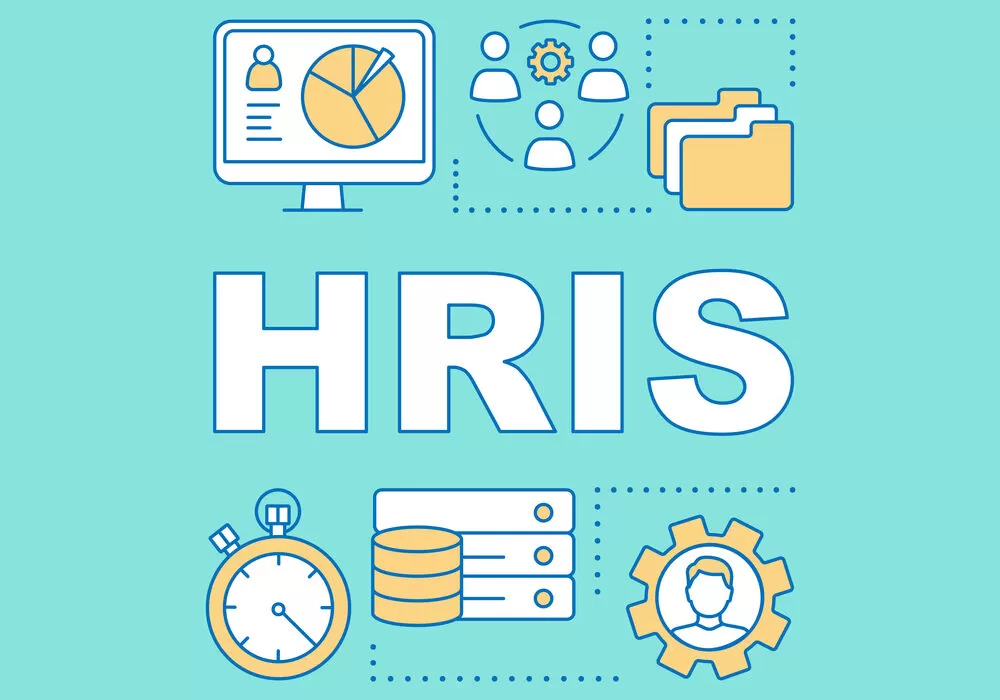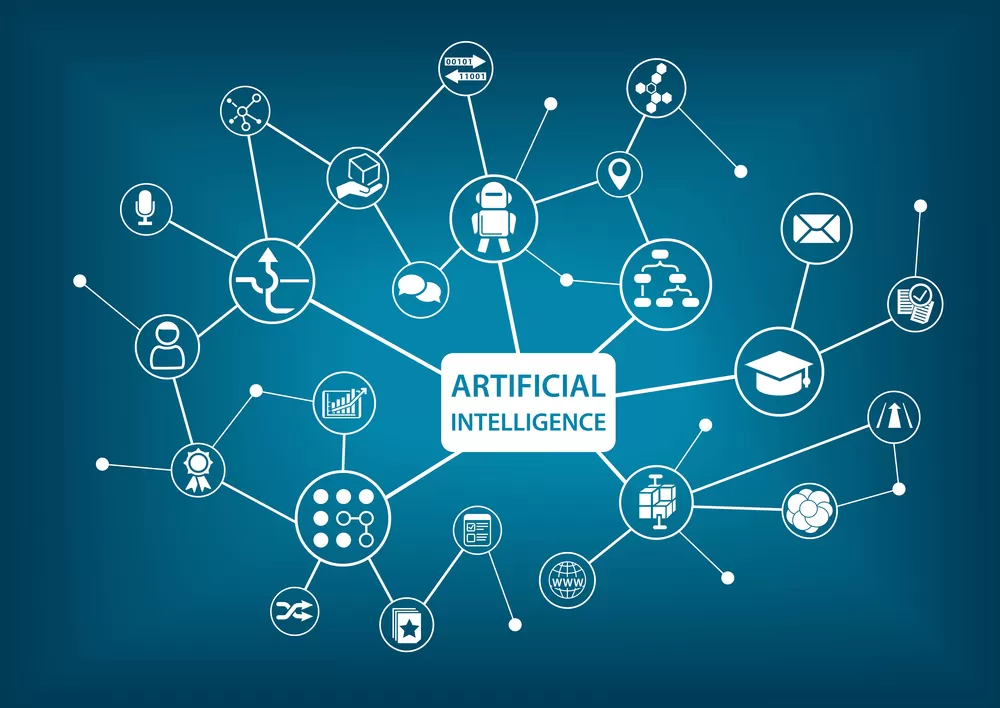In today’s rapidly evolving business landscape, Human Resources Information Systems (HRIS) have become indispensable tools for HR professionals. From streamlining processes to enhancing employee experience, HRIS software plays a pivotal role in driving organizational success.
What Is a Human Resources Information System (HRIS)?
Fundamentally, an HRIS embodies an advanced software solution designed to centralize employee information and automate a variety of HR functions. These systems stand as crucial foundations in contemporary HR management, providing capabilities that span from onboarding, leave management, benefits administration, and efficient performance management. Through the utilization of HRIS software, businesses enhance their HR operations, encouraging increased productivity and streamlined processes across the entire employee life cycle.
Benefits of HRIS Systems
Implementing an HRIS system brings a multitude of advantages to organizations. These systems automate repetitive tasks, freeing HR professionals to concentrate on strategic and value-added activities. This shift not only elevates productivity but also significantly improves the employee experience.
Automating Tasks
HRIS systems significantly boost productivity in areas like financial management by automating payroll processes and benefits administration. Automation can transform tasks that previously consumed hours into activities that are completed within minutes, sometimes even without direct human intervention.
Reducing Errors
Given the highly regulated nature of many HR tasks, even small errors can lead to significant legal and financial consequences for an organization. For instance, errors in the recruitment process can lead to potential legal challenges. HRIS systems help mitigate such risks by guiding HR employees.
Maintaining Compliance
The capability of HRIS systems to minimize errors extends to maintaining regulatory compliance. Some HRIS platforms are specially designed to monitor adherence to specific legal standards and regulations, aiding organizations in staying compliant and avoiding penalties, thereby bolstering the company’s reputation.
Performing Analyses
HRIS systems also play a crucial role in supporting decision-making processes by providing tools for in-depth analysis and tracking of key metrics, such as hiring costs and employee turnover rates. This data can inform strategic decisions and help identify trends within the organization.
Improving Speed
The analytical tools within HRIS systems enable HR personnel to perform complex calculations rapidly, allowing for the swift gathering and analysis of necessary data. Certain systems are equipped to generate professional reports on metrics and analysis, helping HR professionals quickly identify potential issues.
Freeing Up HR Time
By enhancing efficiency, HRIS systems free HR staff from the time-consuming, routine tasks associated with HR administration, allowing them to dedicate more time to strategic roles.
Paperless Records
HRIS systems facilitate a paperless environment by providing a centralized online space for announcements, external links, and company policies, making information exchange seamless and reducing redundancy.
Payroll
While not all HRIS systems offer Payroll & Time Labor Management (TLM). Those that do not typically allow organizations to integrate with an external payroll system.
Applicant Tracking
With modules designed for recruitment, including resume and applicant tracking, attendance monitoring, email alerts, employee self-service portals, organizational charts, benefits administration, succession planning, fast report generation, and training tracking, HRIS systems offer a comprehensive solution for managing the various aspects of hiring new employees.
HRIS vs HRMS vs HCM
While HRIS, HRMS (Human Resource Management System), and HCM (Human Capital Management) are often used interchangeably, they denote different aspects of the domain. HRMS typically refers to a comprehensive software that encompasses almost every HR function. Both HCM and HRIS fall within the umbrella of HRMS, where HCM focuses on the strategic aspects of managing human capital and HRIS concentrates on the administrative aspects of managing employee data. While HRMS and HCM cater to a wide range of HR functions, HRIS is more focused on the foundational elements of data handling and basic HR tasks.
HRIS Functions
HRIS platforms deliver a suite of HR functions, covering a broad spectrum from basic employee information management to strategic workforce planning. These systems enable key operations such as employee data management, streamlining the recruitment and onboarding processes, evaluating performance, and monitoring time and attendance. They also support advanced tasks in benefits management and compliance oversight, allowing HR departments to refine their procedures and boost overall organizational effectiveness. Not all HRIS systems encompass every function outlined below, so thorough research is essential when selecting the HRIS software best suited for your company’s needs.
Automation
A pivotal feature of any HRIS is its automation capabilities, which significantly lighten the workload for HR personnel by minimizing manual data entry and repetitive tasks. This automation facilitates the seamless execution of data sharing and routine operations, thereby enhancing accuracy and freeing up time for HR staff to focus on more strategic tasks.
Integrations
HRIS solutions are designed for easy integration with existing HR systems, including payroll systems and Applicant Tracking Systems (ATS).
Employee Self-Service
HRIS platforms allow employees to manage routine tasks such as requests for time off, viewing pay slips, and updating tax information autonomously through automated systems, reducing paperwork and accelerating the approval processes to streamline these administrative tasks.
Mobile App
To further accommodate the needs of both HR staff and employees, many HRIS platforms come with mobile applications that enhance accessibility.
Reports and Analytics
HRIS systems can generate insightful reports and conduct analyses, providing HR with critical insights that can position a company for enhanced growth and efficiency.
Implementing HRIS
To successfully implement an HRIS, organizations need to undertake a series of crucial steps. A well-executed implementation process ensures seamless adoption and optimization of HRIS software benefits.
1. Needs Assessment
Before HRIS implementation, organizations must conduct a comprehensive assessment of their HR needs and objectives. This entails identifying pain points, inefficiencies, and areas for improvement within current HR processes to boost employee engagement and streamline workflows. By gaining a clear understanding of the organization’s specific requirements and goals, stakeholders can effectively determine the features and functionalities necessary in an HRIS to address these needs.
2. Vendor Selection
Once the organization’s requirements are identified, the next step is to research and select a suitable HRIS vendor or software solution. This involves evaluating different vendors, comparing their offerings, and considering factors such as cost, scalability, customization options, and user-friendliness. The goal is to choose a vendor that aligns with the organization’s needs and budget while offering the necessary features and support for successful implementation. Utilize Matchr’s Software Match Tool or browse through Matchr’s curated list of HRIS vendors, along with Matchr’s recommendations for the top 10 HRIS systems.
3. System Configuration
After selecting an HRIS vendor, the system needs to be configured to meet the specific requirements and workflows of the organization. This includes setting up user roles and permissions, customizing fields and forms, and defining workflows to optimize talent management and streamline record-keeping. The configuration phase ensures that the HRIS is tailored to the unique needs of the organization and supports efficient HR operations.
4. Data Migration
Data migration involves transferring existing HR data from legacy systems or Excel spreadsheets into the new HRIS system. This includes employee records, performance reviews, and time-tracking data, among others. The migration process must be carefully planned and executed to ensure data accuracy, integrity, and security in the new HRIS environment.
5. Training
Comprehensive training is essential to ensure that HR teams and end-users are proficient in using the new HRIS system. Training sessions may cover topics such as system navigation, data entry, and performance management workflows. Providing FAQs and user-friendly templates can facilitate learning and support users in leveraging the HRIS effectively for talent acquisition and retention purposes.
6. Testing
Thorough testing of the HRIS system is critical to identify and address any issues or bugs before deployment. This includes functional testing to ensure all features work as intended and user acceptance testing to gather feedback from HR teams and other stakeholders. Testing ensures that the HRIS meets the organization’s requirements and supports employee benefits administration and talent management effectively.
7. Going Live
Once testing is complete, the HRIS system is ready to go live. This involves deploying the system into production and transitioning to live operations. During this phase, it’s essential to provide ongoing support and upgrades to address any issues and ensure the continued smooth operation of the HRIS.
HRIS Best Practices
To enhance HRIS management, organizations should adopt best practices such as regular data maintenance, comprehensive user training, robust data security measures, seamless integration with other systems, and ongoing evaluation of HR processes. These practices ensure optimal utilization of HRIS software and elevate HR operations.
Ongoing Support and Maintenance
After deployment, ongoing support and maintenance are essential to ensure the continued success of the HRIS system. This includes providing helpdesk support, addressing user queries through FAQs, and monitoring system performance. Regular upgrades and enhancements ensure that the HRIS remains user-friendly and supports HR information management effectively for new hires and existing employees.
Getting the Most Out of Your HRIS Data
To extract the maximum value from HRIS data, organizations should establish clear data management policies, define relevant metrics and KPIs, conduct regular data analysis, and utilize insights to inform strategic decision-making.
Get an HRIS Certification
HRIS certification programs are available for HR professionals seeking to enhance their skills and knowledge in HRIS management. These programs typically cover topics such as HRIS fundamentals, system implementation, data management, and best practices. Obtaining an HRIS certification demonstrates expertise in HRIS software and can enhance career prospects in the HR field. Here are some respected HRIS certification options:
- HRIP (Human Resource Information Professional) Certification by the International Association for Human Resource Information Management (IHRIM)
- PHR (Professional in Human Resources) or SPHR (Senior Professional in Human Resources) with HRIS specialization by the Society for Human Resource Management (SHRM)
- Workday Certified HCM Consultant by Workday.
- The Academy to Innovate HR (AIHR) also offers courses for HRIS professionals.
- More HR certifications can be found here.
Need Help Choosing the Right HRIS Software for Your Business?
Selecting the ideal HR software for your business can be a daunting task, given the multitude of systems and features on offer. Pinpointing your company’s exact requirements amidst this plethora of options can be challenging. However, Matchr simplifies this process by providing tailored HR recommendations, curated to match your company’s unique needs. When it comes to finding the perfect HRIS system, Matchr is the trusted partner to guide you towards the right solution. Discover the best HR software for your company today using Matchr’s intuitive Software Match Tool.












